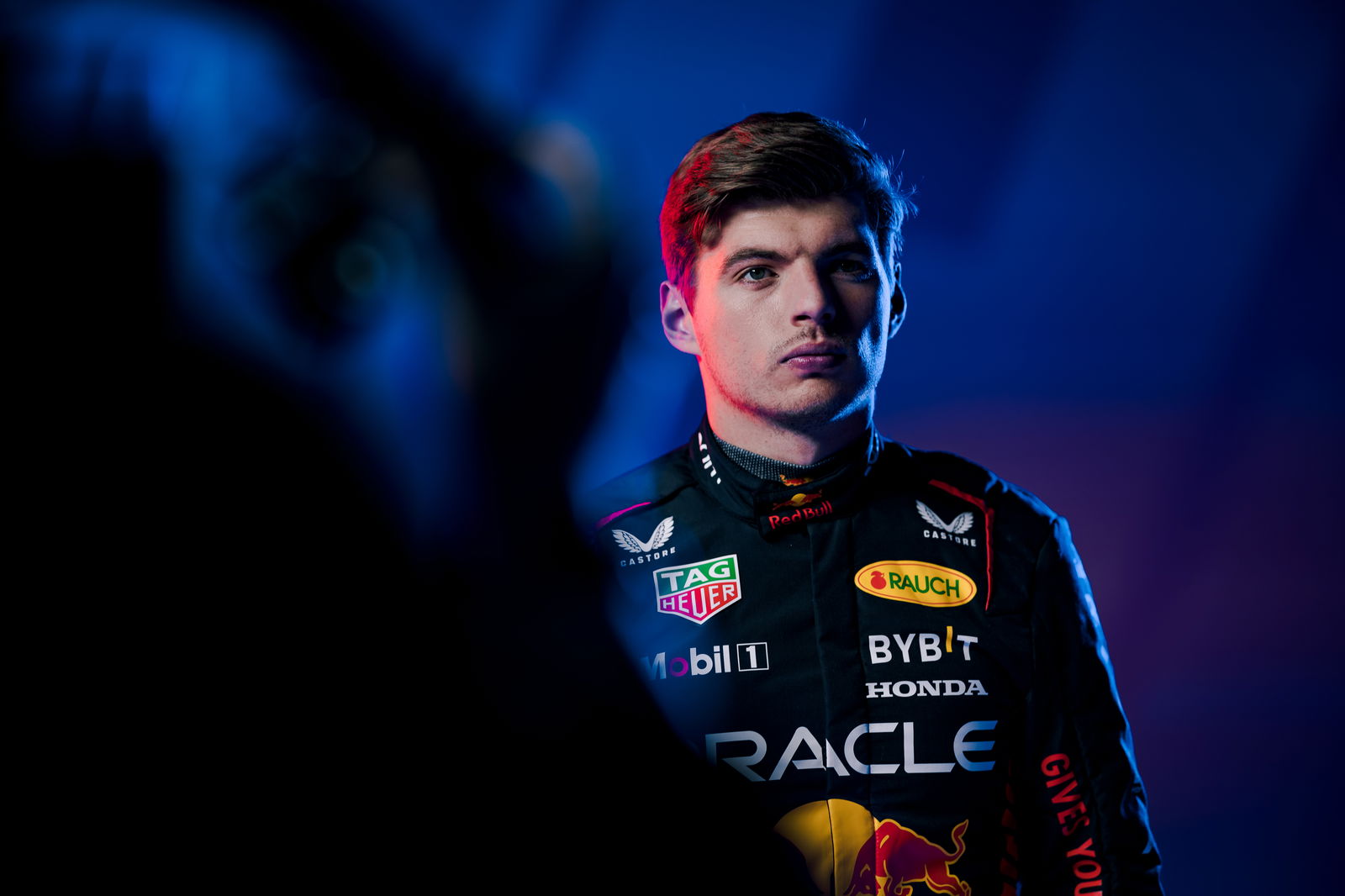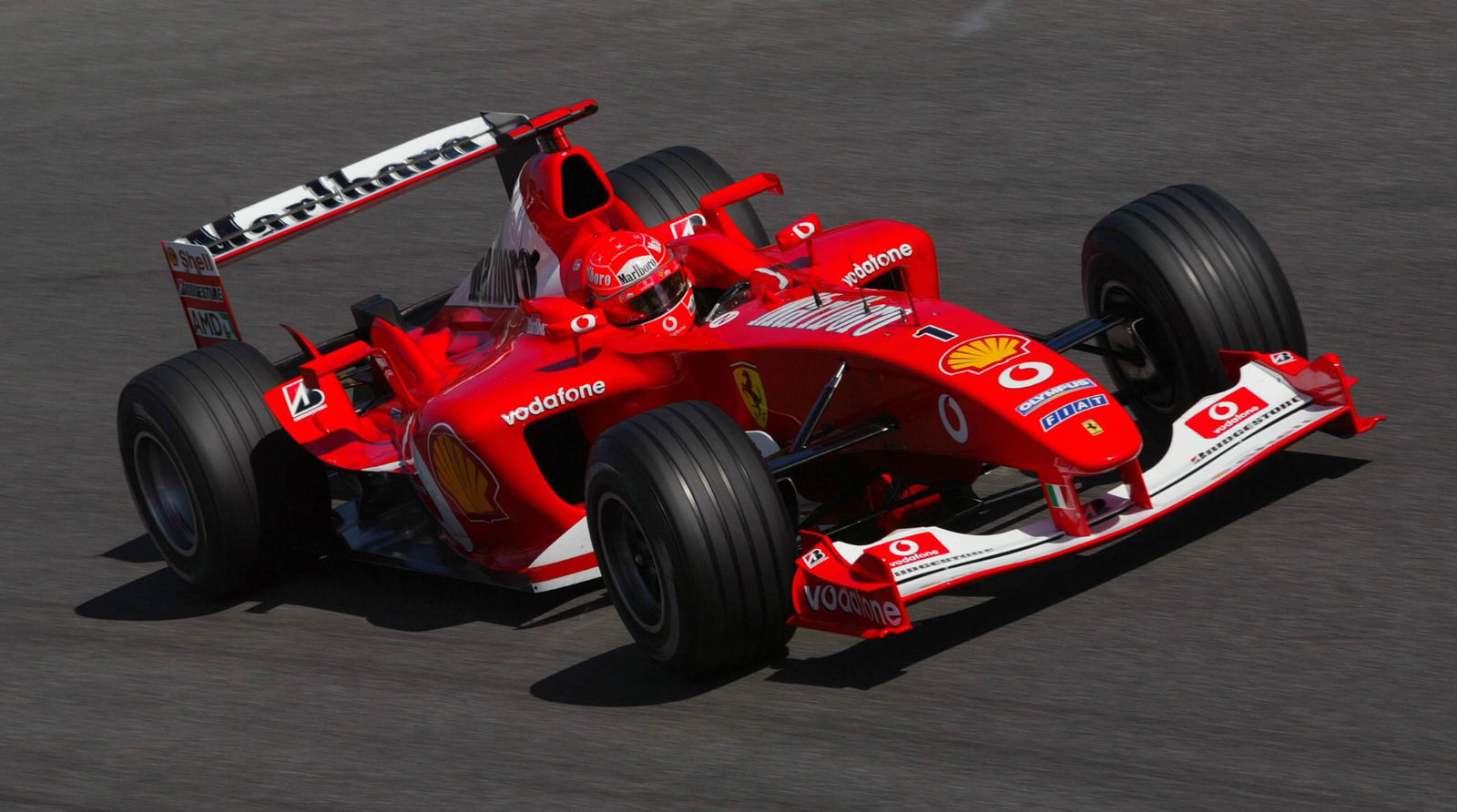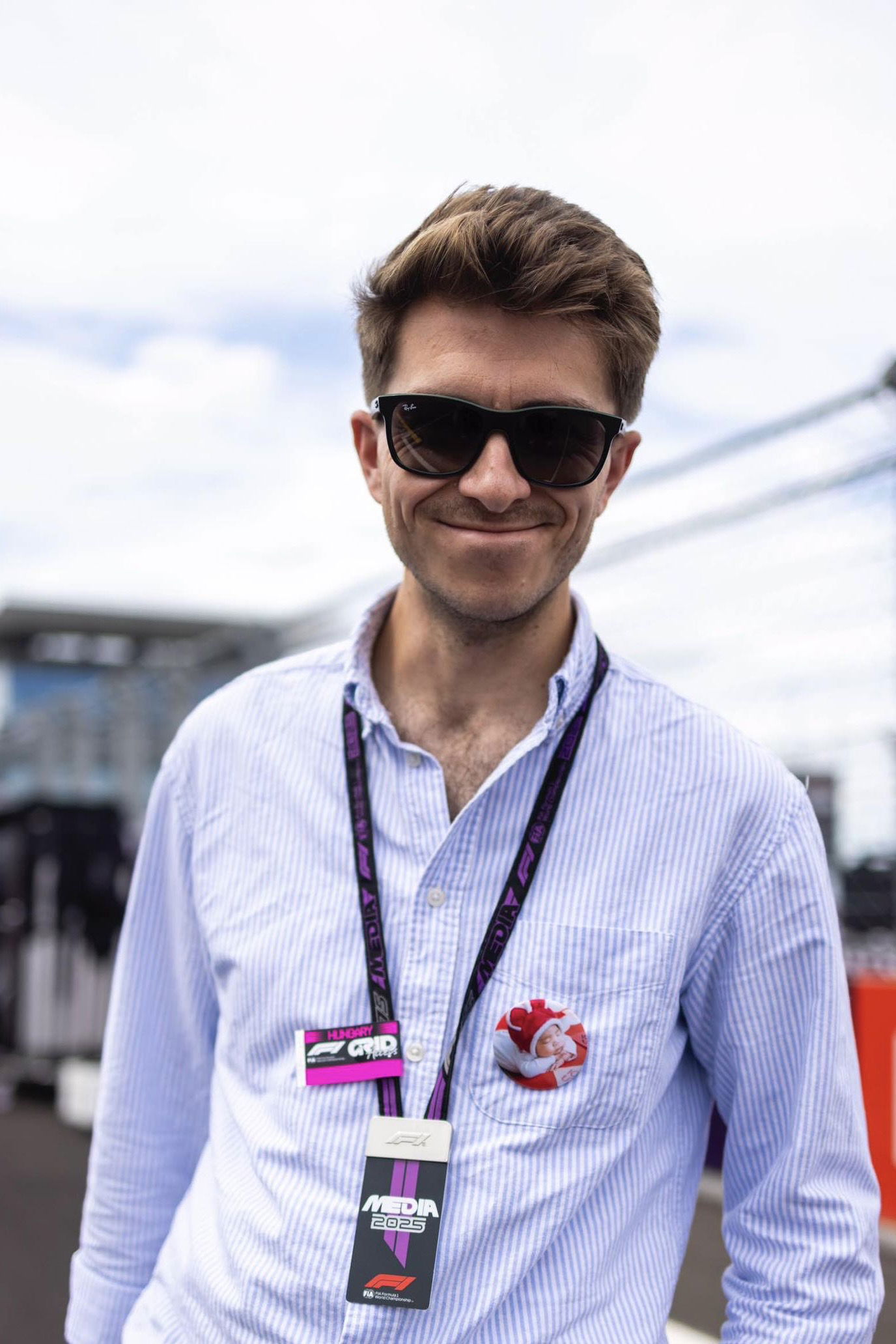Red Bull inspiration among ‘brave’ changes for 2023 Alfa Romeo F1 car

The Swiss outfit become the fourth team to show off their new-look livery for the upcoming campaign with drivers Valtteri Bottas and Zhou Guanyu taking the covers off a showcar.
Alfa Romeo also released CGI images of the C43, which provided the clearest indication yet of how their actual 2023 car will look.
Technical director Jan Monchaux explained that development towards the rear-end of the car was the biggest area of focus for Alfa Romeo over the winter.
“We identified areas where we saw there was still potential for us to unleash, potentially we wouldn’t be able to unleash during the 2022 season,” he said.
"We concentrated mainly on the rear part of the car where we wanted to be brave enough to do the next step in terms of pure development on the rear end, which opened the door to other solutions we couldn’t implement last year.”
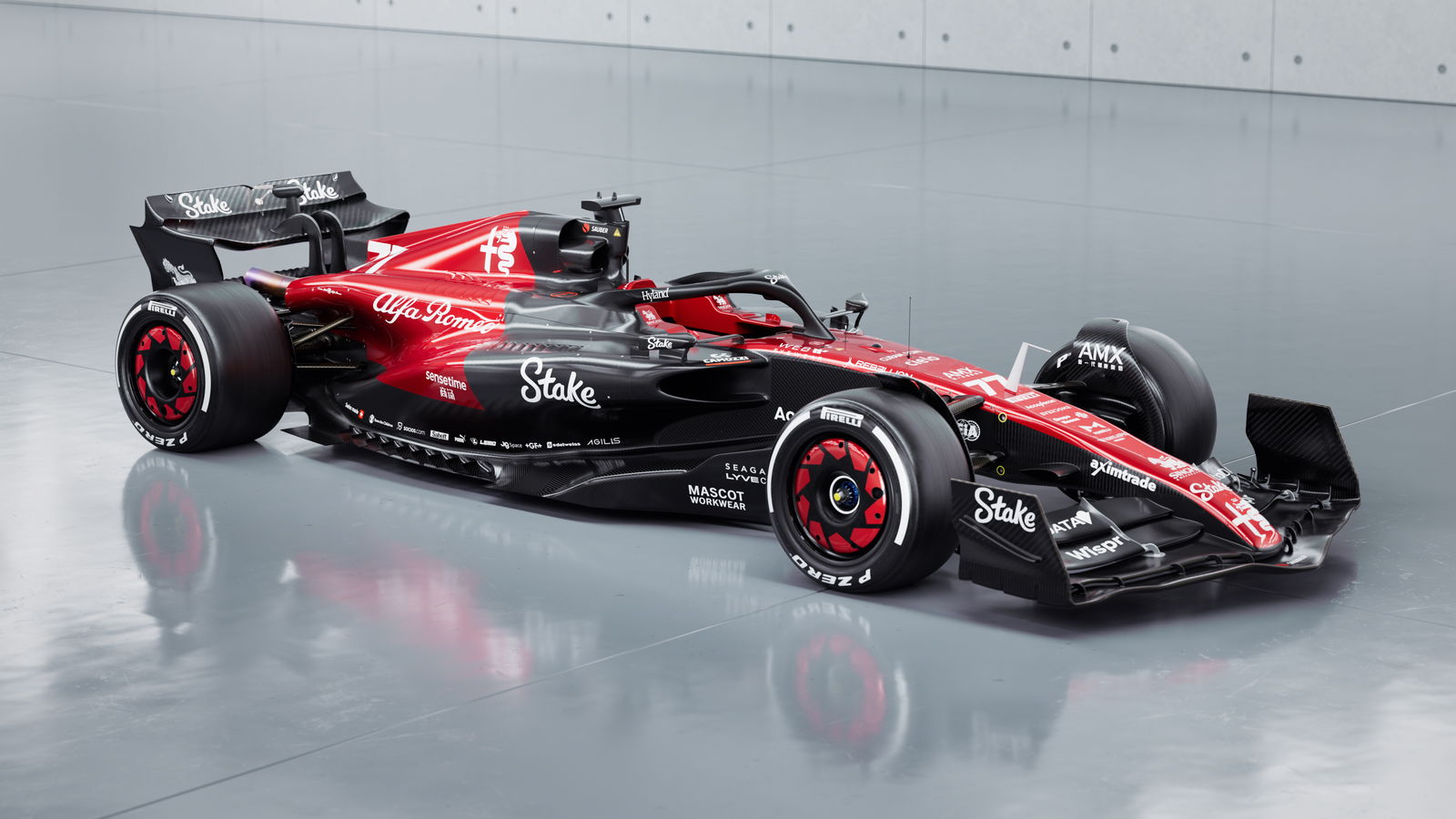
Monchaux, who described the C43 as “well-born” and “mean” looking, stressed that improved reliability was also a priority.
“Throughout the course of the season it became relatively clear that we had reliability issues, so there is a lot of things we changed on the car, but also internally in our process to address that topic,” he added.
“Last year we lost somehow what used to be one of our biggest strengths, so it’s clear that is one of the areas of major focuses for us over the winter.”
The rear end
One of the most obvious differences compared to the C42 is seen with a revised sidepod design that is reminiscent of the approach Red Bull adopted with their dominant RB18.
The rear suspension, bodywork, gearbox and cooling elements have been reworked, while revisions have also been made to the floor amid a rule change designed to combat porpoising.
“Just seeing the evolution of the regs last year we had to acknowledge that there were better solutions on how to manage the flow to the diffuser, between the rear tyres,” Monchaux explained.
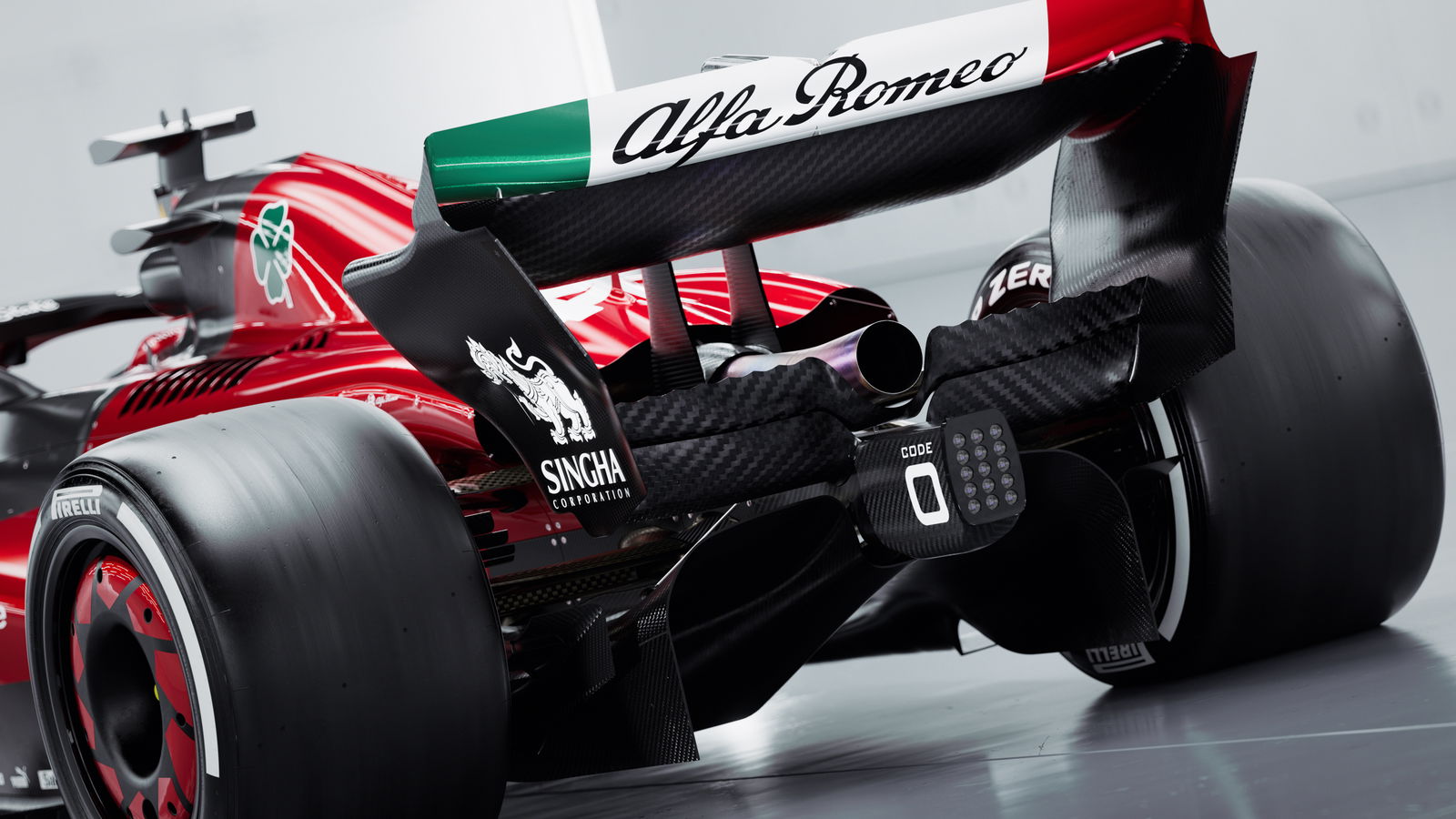
“But because of the decision we had made from an architectural point of view, we were stuck in a corner.
“So, it’s not a revolution, it’s a similar solution already on the grid last year, but it’s something we couldn’t implement without a major change of the architecture.
“From what we’ve seen, some of the weaknesses we had from an aero point of view which was effectively high-speed performance has been also significantly improving thanks also to the new potential we unleashed with this new bodywork and this new way of working the floor between the rear tyres.”
What about the front?
Monchaux revealed that Alfa Romeo ultimately decided to favour development at the rear-end of the car as part of a strategic call influenced by aerodynamic testing and budgetary constraints.
Although he believes the biggest performance gains can be found at the rear, Monchaux insisted Alfa Romeo have still been working on improvements at the front of the car.
“The front-end is more difficult in terms of development in the numerical world and in the wind tunnel,” he said.
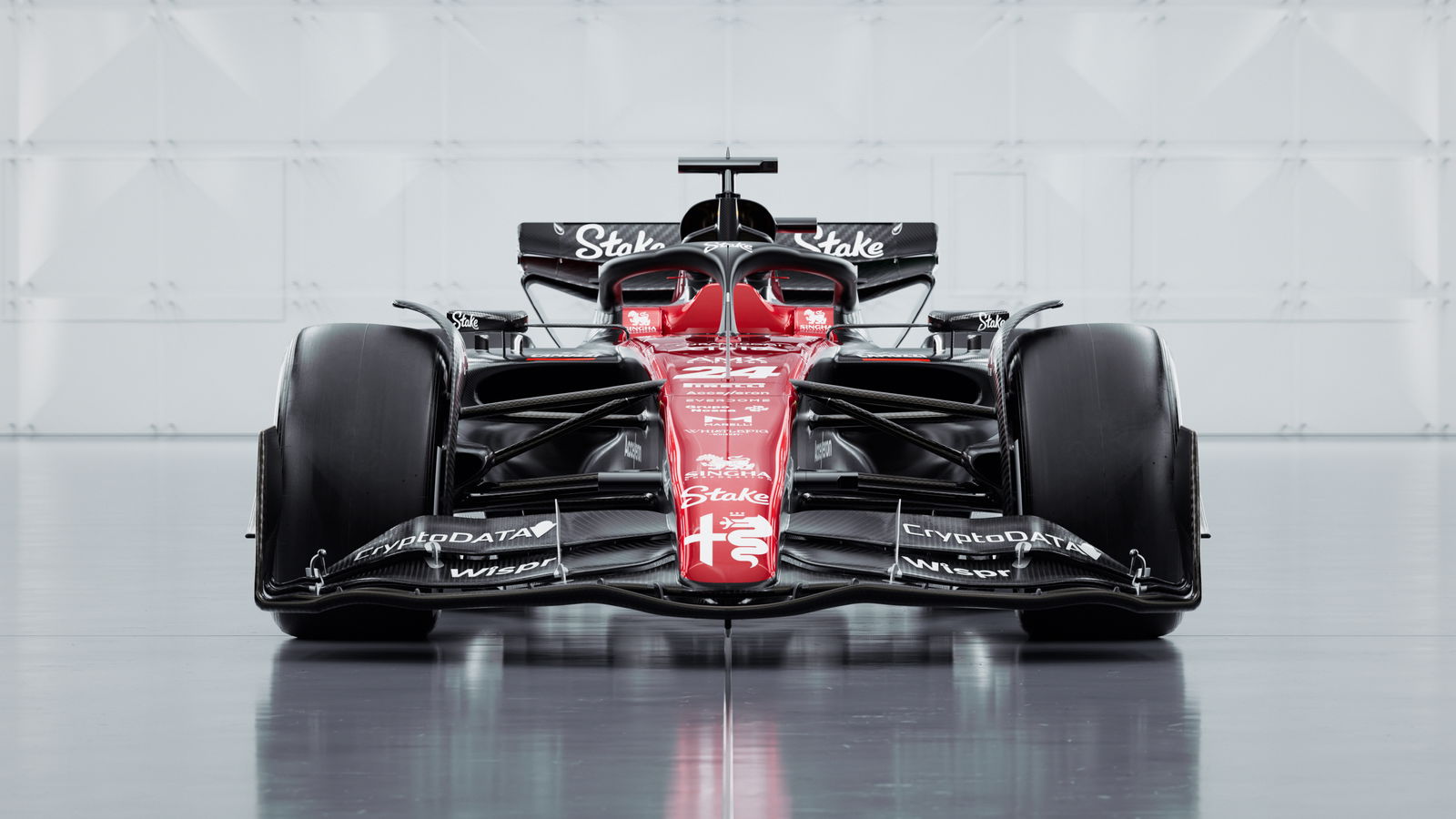
“Let’s say the return in investment is smaller. That doesn’t mean there is no performance. As long as we are not first in the timing sheets we have performance to grab everywhere, but since you’ve got a limited amount of wind tunnel runs, and also limited resources, at some point you need to make strategic calls.
“Where am I investing the majority of my resources? And I am more in favour of doing one thing properly than starting five different dishes and then end up with solutions that are just marginally better.
“The front end we have been working on and there will also be significant changes presented at the start of the season.
“But generally speaking, for us, it an area we have struggled to put more performance because of the constraints of the regulations than the floor, which is offering much more freedom.”
